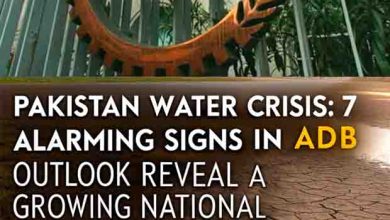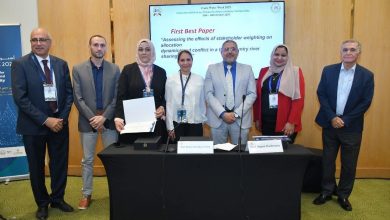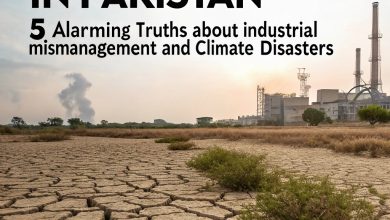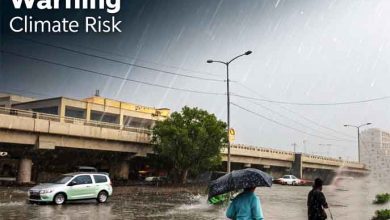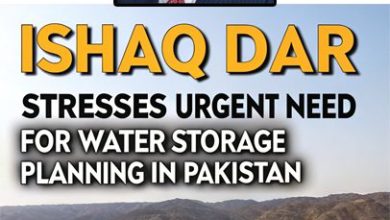Valuing WaterWater Crisis
Water supply likely to be diminished in Karachi for three days
Karachi Water and Sewerage Board (KWSB) has announced a water supply lack in Karachi.
As indicated by the KWSB representative, water issues can occur from May 16 to May 19 because of advancement work.
The New Siphon House Gharo will stay suspended because of the improvement works of K-Electric and KWSB.
Individuals are encouraged to store water in their homes.
Around 13 million gallons each day (MDG) less water will be given to individuals of Karachi.
The work will go on for three days as new electrical hardware and boards will be introduced in the Gharo siphoning station.



